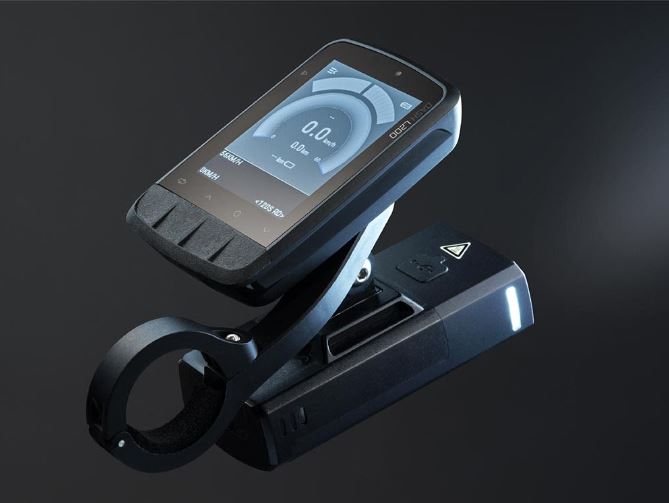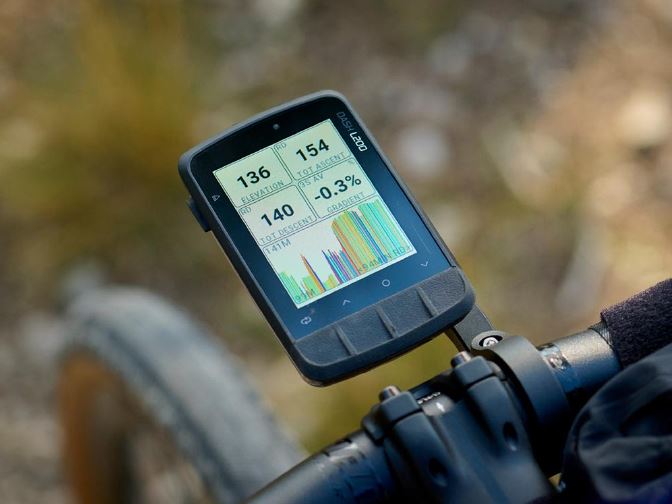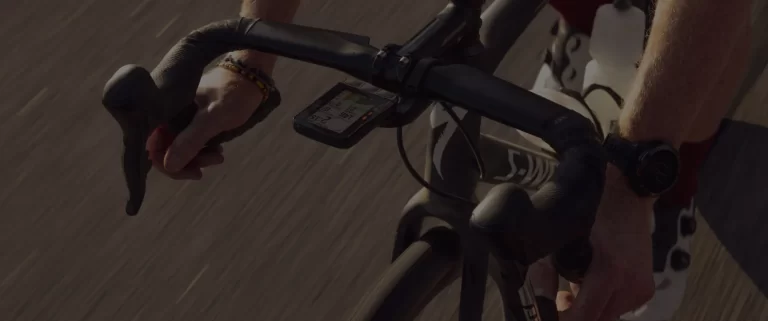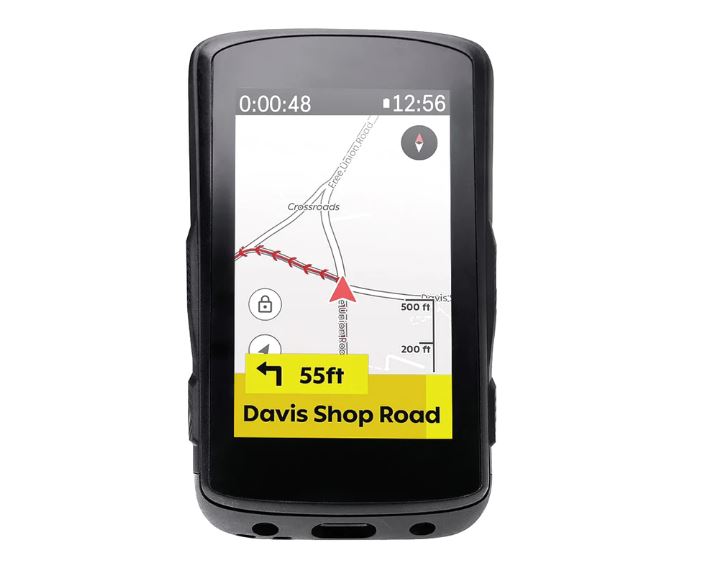Battery Life and Charging Options for Bike Computers

Key Point Summary of Battery Life and Charging Options for Bike Computers:
- Battery Life Considerations: Understanding the factors that affect battery life to optimize performance.
- Charging Options: Exploring various ways to recharge your device, ensuring it’s ready for every ride.
- Power Management Tips: Strategies for extending battery life during rides and prolonging the overall battery lifespan.
In the realm of cycling, where adventures can take you from the peak of a mountain down to the heart of a forest, the reliability of your gear is paramount. Among these essentials, the bike computer serves as your guide, tracker, and sometimes, your motivator. As someone deeply involved in the cycling world, I’ve come to appreciate the critical role that battery life and charging options play in ensuring that this tiny device can keep up with the long hours and varied conditions of our rides. Here’s what every cyclist should know about managing the power of their bike computer.
Battery Life Considerations
Battery life in bike computers can vary significantly from one model to the next, with some offering a few hours of use and others lasting for days on a single charge. This variance is influenced by several factors, including screen size, GPS use, connectivity features (like Bluetooth or ANT+), and how frequently you interact with the device. For long-distance riders, endurance cyclists, or anyone who prefers not to charge their device after every ride, choosing a bike computer with a long battery life is crucial.

Charging Options
Most modern bike computers are charged via USB, making it easy to top up the battery using a wall charger, computer, or power bank. Some models feature removable batteries, offering the option to carry spares on longer trips. For the ultra-distance cyclist or bikepacker, solar chargers and dynamo hubs present innovative solutions, allowing you to recharge your device using the power of the sun or the motion of your wheels.
Power Management Tips
Maximizing the battery life of your bike computer not only involves choosing the right device but also adopting smart power management practices. Here are some tips:
- Dim the Screen: Lowering the brightness of your device’s screen can significantly reduce power consumption.
- Limit GPS Use: Use GPS tracking selectively, especially if navigating familiar routes.
- Minimize Connectivity: Disable Bluetooth or ANT+ connections when not in use to save power.
- Update Firmware: Keeping your device’s software up to date can improve battery efficiency.

Advanced Power Solutions
For those embarking on multi-day adventures where charging opportunities may be scarce, consider external battery packs or integrated charging systems. External battery packs can directly connect to your bike computer, providing a significant boost in battery life. Alternatively, investing in a bike with an integrated charging system, such as those using a dynamo hub, ensures your electronics are charged as you pedal, offering a seamless solution to power management.
Battery Life and Charging Options for Bike Computers: Final Thoughts
The evolution of bike computers has brought sophisticated technology to the fingertips of cyclists, enhancing our riding experiences with detailed data and navigation assistance. However, the effectiveness of these devices is inherently tied to their battery life and our ability to manage it. By understanding the factors that affect battery performance, exploring various charging options, and implementing power-saving strategies, cyclists can ensure their bike computer remains a reliable companion, no matter where their journey takes them.
For cyclists who prioritize long-lasting battery life in their bike computers, ensuring that the device can keep up with extended rides and multi-day tours is crucial. Here are some of the best bike computers known for their impressive battery life:
1. Garmin Edge 1030 Plus
- Battery Life: Up to 24 hours in normal use, and even more with power-saving modes.
- Offers extensive mapping and navigation features, making it ideal for long-distance cyclists who need reliability and comprehensive data.
2. Wahoo ELEMNT ROAM
- Battery Life: Up to 17 hours.
- Praised for its user-friendly interface and robust navigation capabilities. Its battery life is suitable for long rides, and its quick charging time is a bonus.
3. Hammerhead Karoo 2
- Battery Life: Up to 12 hours, depending on usage.
- Stands out for its high-resolution display and advanced navigation options. While its battery life is shorter compared to others, its performance and screen clarity make it a top choice for those who value detailed maps and routes.
4. Lezyne Mega XL GPS
- Battery Life: Up to 48 hours.
- Known for its exceptional battery life, making it one of the best options for ultra-endurance cyclists and bikepackers. It offers straightforward navigation and is durable enough to handle rugged conditions.
5. Bryton Rider 750
- Battery Life: Up to 20 hours.
- Combines robust navigation features with a durable design. Its battery life is impressive, suited for long rides, and it supports various sensors and connectivity options for comprehensive ride data.

FAQ
What bike computer has the longest battery life?
The Lezyne Mega XL GPS is known for having one of the longest battery lives among bike computers, lasting up to 48 hours on a single charge.
How long does a bike computer last?
The lifespan of a bike computer itself can vary widely based on usage, care, and model, but most should last several years before needing replacement. Battery life per charge typically ranges from 12 to 48 hours, depending on the model and usage.
Ride on
John





